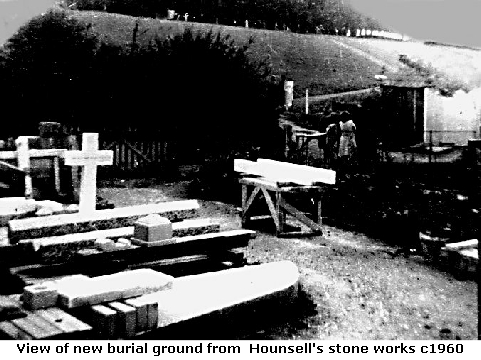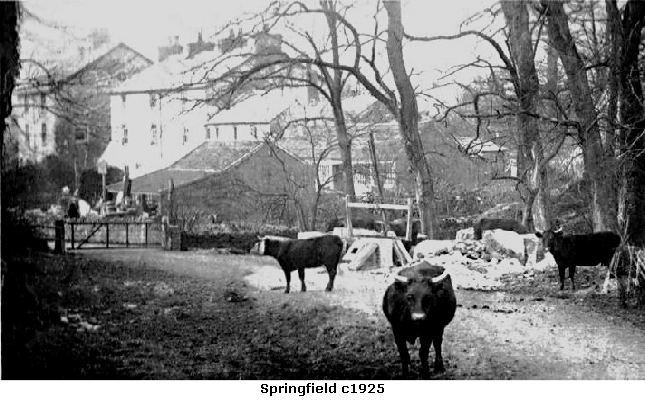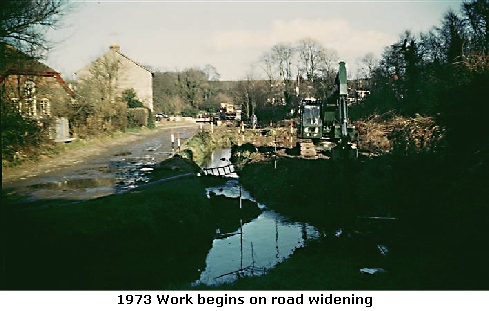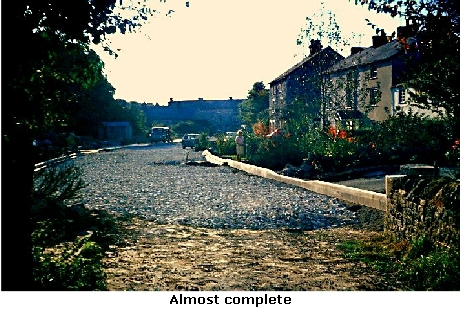
Broadwey
This was a quiet lane compri sing of seven houses and Hounsell's Stone, Marble & Granite Works, on the northern side of the lane until the 1960's. Opposite were fields and a stream which ran towards the main road, then on to join the River Wey at Littlemead. There was a footpath leading to The Rectory, a useful shortcut for the vicar. In the 1960's a development of 18 bungalows was built forming Springfield Crescent. An adjoining piece of land was consecrated to form the new burial ground for St Nicholas Church.
sing of seven houses and Hounsell's Stone, Marble & Granite Works, on the northern side of the lane until the 1960's. Opposite were fields and a stream which ran towards the main road, then on to join the River Wey at Littlemead. There was a footpath leading to The Rectory, a useful shortcut for the vicar. In the 1960's a development of 18 bungalows was built forming Springfield Crescent. An adjoining piece of land was consecrated to form the new burial ground for St Nicholas Church.
Thomas Hounsell began the Stone Works at 6 Springfield in 1859, becoming a family business when his son Walter joined him, followed over time by his grandson Leonard. For many years the business included haulage work and sign-
In the late 1950's the business was taken over by Percy Smith of Portland, although it continued to trade under the 'Hounsell's' name. In the late 1960's the works were no longer in use and the family built a house on the site. In the 1970's the family entered into partnership with the Stone family of masons in Newstead Road, Weymouth.
Springfield
Springfield

Springfield Road saw the biggest change in 1973 when permission was granted for a large housing estate to be built on land from the end of the road to the railway station. The original road (more like a lane) needed to be widened and a culvert was built to take the stream underground. Pavements were also laid.


